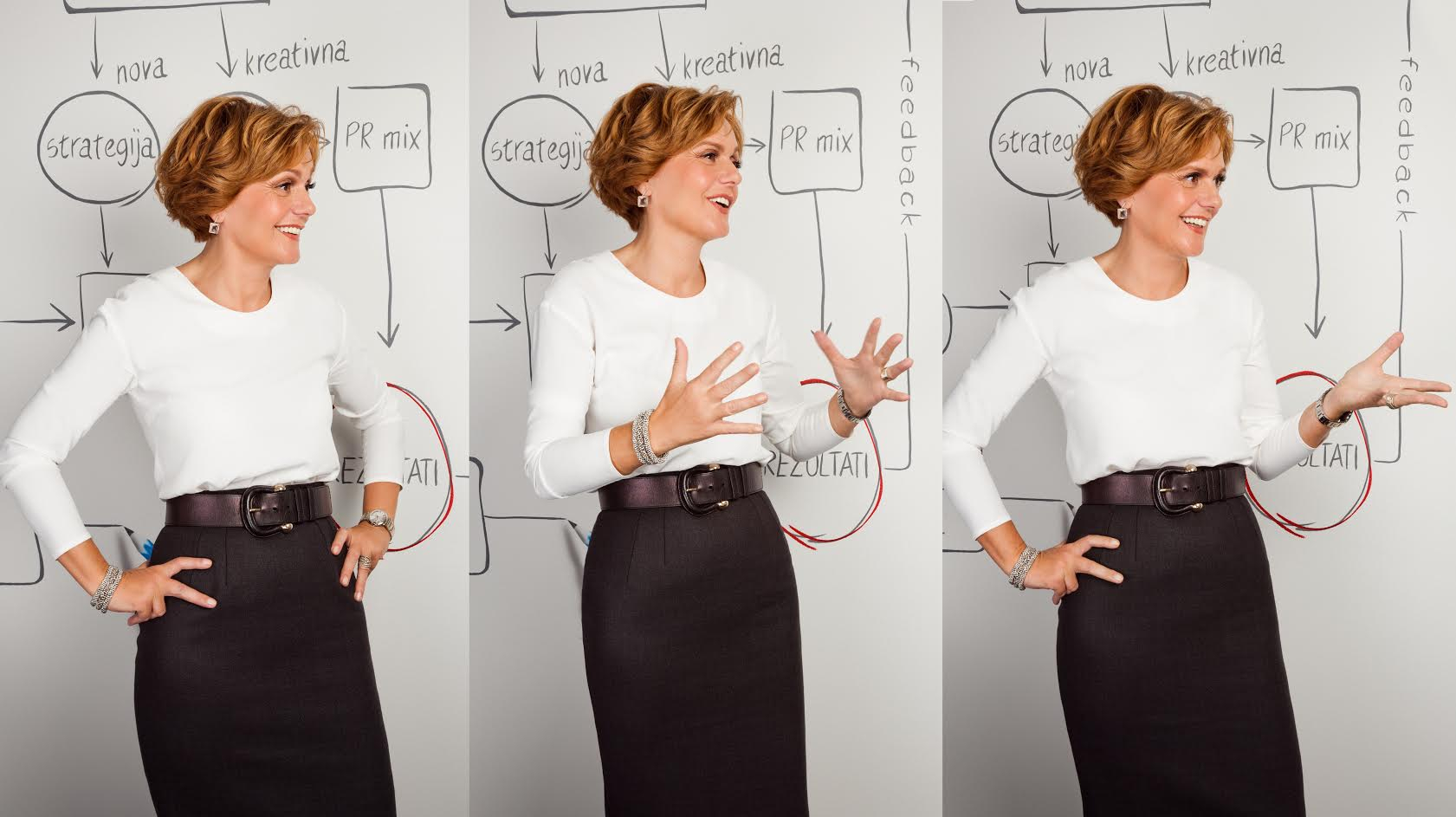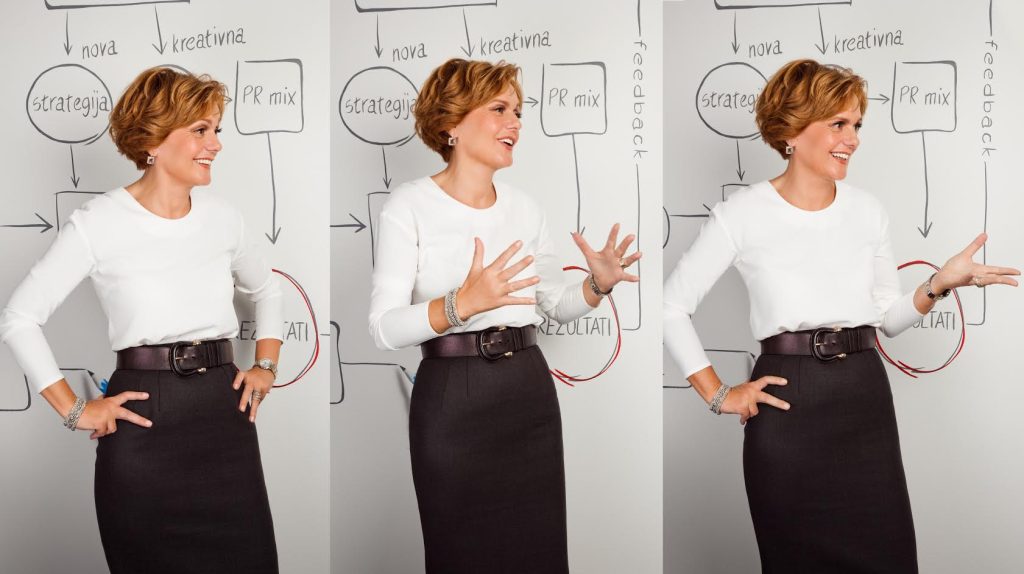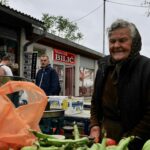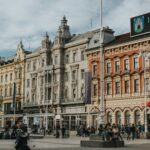
June 25, 2020 – The Croatian general election is 10 days away. Leading political commentator Ankica Mamic offers her thoughts in this pre-election preview.
Official election campaigns for parliamentary elections in Croatia have begun. Though it seemed that the election would be held in a corona-free atmosphere, that unfortunately will not be the case. The coronavirus is again among us. At the moment, the numbers are not alarming nor worrying, but the fact is that certain events have favoured its spreading, such as the Adria Tour tennis event in Zadar where numerous organisational mistakes occurred. This is damaging for the current government, specifically Prime Minister Andrej Plenković, given that the event was organised with the endorsement of the Croatian Government, and has given the opposition the opportunity to take advantage of the situation in the election campaign.
Parliamentary elections will be held on July 5, 2020, with about 3.7 million voters in Croatia and from the Croatian diaspora having the right to vote. Croatia is divided into 10 constituencies each with 14 representatives elected to Croatian Parliament. In the 11th constituency, 3 representatives are elected by citizens who do not have permanent residency in the Republic of Croatia, whereas the 12th constituency, covering the entire territory of Croatia, is marked for the local national minorities in Croatia who will elect their 8 representatives. In all, 151 representatives are elected to Parliament, meaning that a parliamentary majority comprises 76 representatives.
The two leading and largest parties that have positioned themselves on the left and right electoral spectrum in Croatia are the RESTART coalition incorporating the centre left parties (SDP – Social Democratic Party, HSS, HSU, SNAGA, GLAS, IDS PGS and independent candidate Matija Posavec, whereas the Croatian Democratic Union (HDZ) is the centre-right party and currently the leading and governing party in Croatia. However, a survey of public opinion indicates that neither of these political options will be able to form a government after the elections without the support of smaller parties and other coalitions who have positioned themselves to the left, right or in the centre. This is primarily the Miroslav Škoro Domovinski pokret (Homeland Movement) as a right political option, which has currently established itself as the third political force in Croatia. The party MOST nezavisnih lista (Bridge of Independent Lists) has also positioned itself to the centre right. Among the left aligned parties is the political platform Možemo (We Can), gathered around active opponents of Milan Bandić in the city of Zagreb, whereas the centre-aligned parties include Hrvatska narodna stranka (Croatian People’s Party – Liberal Democrats), Koalicija centra (Centre Coalition), Demokrati i laburisti (Democrats and Labourists) and also the Reformisti (Reformists).
If we consider that a reallocation of parliamentary seats within the Restart coalition formed by SDP results in 8 seats going to SDP’s partners (HSS 3, HSU 2, GLAS 1, PGS 1 and Matija Posavec 1), the presumption is that HDZ will be the strongest single party at the coming elections. However, it becomes clear that the Restart coalition is prepared to fight for every parliamentary seat. The campaign is now in full swing, with candidates touring Croatia and presenting their programs to the electorate. The resurgence of the coronavirus is assisting the Restart coalition. However, the situation highlights the leading people of the National Civil Protection Headquarters, i.e., Minister Beroš as an HDZ candidate in the 10th constituency and Minister Božinović as a candidate in the 6th constituency. Though HDZ’s slogan of a safe Croatia is somewhat comprised now, unless the opposition adequately responds in communicating that in the campaign, the current situation will cause not greater damage on HDZ.
The Miroslav Škoro Homeland Movement is heading off to the elections with quite an extensive list of people whom the public knows little or almost nothing about, or who come from an altogether different world, mostly from show business. It remains to be seen whether the list of candidates in the Homeland Movement will remain cohesive or disperse, which is what happened to Most after winning a total of 19 parliamentary seats in the 2015 elections. Concerning any possibility of forming a coalition, the pool of candidates gathered around Miroslav Škoro certainly presents a greater potential for a reaching post-election agreement with HDZ.
Most, which also lies on the spectrum of the conservative right, has an active and quite visible campaign with well-articulated messages and new political personalities who are well known to the public. However, their problem is that they are not a preferred coalition partner neither for HDZ with which they share similar ideologies, due to a failed political relationship from the past and the demise of the then coalition, nor are they suitable for the Social Democratic Party of Croatia (SPD), i.e., the Restart coalition, given that Most is too far to the right.
The latest survey of public opinion across constituencies in Croatia predicts 64 parliamentary seats going to the Restart coalition, 52 to HDZ, 15 to the Homeland Movement, 8 to Most and 1 to HNS. However, in some of the constituencies, some parties are hovering around the election threshold, and possibly leading to different outcomes. For instance, in the 3rd constituency, where the Reformist Radimir Čačić, the current mayor of Varaždin County, also has a big chance of winning a seat. An uncertain and interesting battle will take place in the 6th and 7th constituencies which include parts of the city of Zagreb and surrounding region. A united left in Zagreb, having branded itself through its opposition activities in Zagreb City Assembly, might result in a surprise in Zagreb due to the large number of voters there and the fact that the united left has been an active opposition to the Mayor of Zagreb, Milan Bandić. Therefore, I think that this left option might win a lot of left-leaning voters in Zagreb.
Tracking what the 8 minority representatives decide will be interesting, on account of their animosity towards Miroslav Škoro and the Homeland Movement. However, power is the best cohesive force and after the elections, various political combinations are possible, meaning that a large coalition might still be a possibility. Understandably, no political option wants to talk about that possibility at the moment, because such an outcome is certainly not appealing to each of their voters who form opposing camps.
So, we need to wait until 5 July, and after that, anything is possible!
You can connect with Ankica Mamic via LinkedIn.
For more election coverage, follow the TCN politics section.









